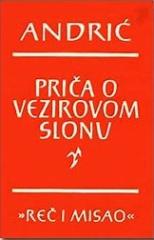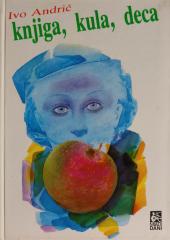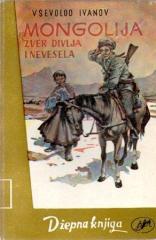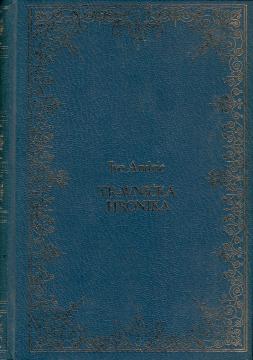
Sabrana djela II: Travnička hronika
"Travnička hronika" is a novel by Ivo Andrić, first published in 1945. This work belongs to the author's so-called Bosnian cycle and provides a broad picture of historical, cultural and political circumstances in Bosnia during the Ottoman and Austrian rul
The novel is a chronicle of events in Travnik, then the seat of the Bosnian vizier, during the period from 1806 to 1814.
The novel is set in Travnik, at a time of complex political turmoil when the Ottoman Empire, Napoleonic France and the Habsburg Monarchy were fighting for influence in the Balkans. At the center of the story are two foreign consuls - French consul Jean Daville and Austrian consul Joseph von Mitterer - who come to Travnik with their families and interact with the local population, authorities and culture.
Daville and Mitterer, with their contrasting personalities and political goals, strive to win the favor of the Vizier and exercise political influence. Their arrival symbolizes the entry of the West into the closed world of Bosnia. Consuls and the local population often come into conflict due to cultural differences, political intrigues and different interests. Travnik is depicted as a place where different worlds overlap - Ottoman, Western European and local Bosnian.
With changes in global politics, there is a withdrawal of consuls and the end of their missions in Travnik. Their departure symbolizes the transience of political and historical events, while Bosnia remains in its cyclical state.
"Travnička hronika" is written in the form of a chronicle, with a narrator who describes historical events from a distance and objectivity. The novel stands out for its rich language, detailed descriptions and psychological depth of the characters. Through the story of the past, Andrić considers universal themes that are relevant even in the modern age.
A copy is available as part of the book set "Ivo Andrić: Sabrana djela I-XVI"
Browse the set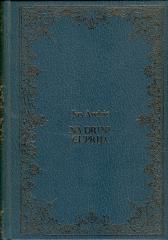
1. Sabrana djela I: Na Drini ćuprija
A Bridge on the Drina is a novel by Ivo Andrić that was first published in 1945. The action takes place in Višegrad, a small Bosnian town, and the central motif is the bridge on the Drina, which is a symbol of culture, history and the destiny of the peopl
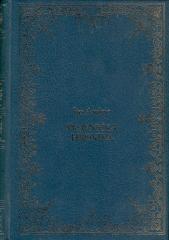
2. Sabrana djela II: Travnička hronika
"Travnička hronika" is a novel by Ivo Andrić, first published in 1945. This work belongs to the author's so-called Bosnian cycle and provides a broad picture of historical, cultural and political circumstances in Bosnia during the Ottoman and Austrian rul
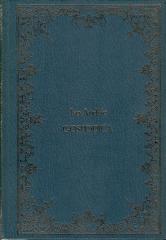
3. Sabrana djela III: Gospođica
"Miss" is a novel by Ivo Andrić, originally published in 1945. The work belongs to the so-called Bosnian trilogy, together with the novels "On the Drina bridge" and "Travnička kronika".
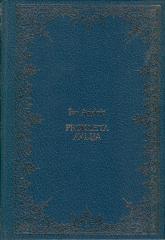
4. Sabrana djela IV: Prokleta avlija
"Cursed courtyard" is one of Ivo Andrić's most famous works, originally published in 1954. This short but powerful work presents a deep analysis of human nature and destiny through the story of prisoners in an Ottoman dungeon known as the Cursed Court.
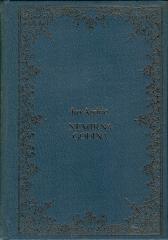
5. Sabrana djela V: Nemirna godina - pripovetke
"Nemirna godina" is a collection of short stories by Ivo Andrić, which includes a number of short stories written during various periods of his creativity.
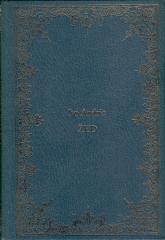
6. Sabrana djela VI: Žeđ - pripovetke
"Žeđ" is a collection of short stories by Ivo Andrić that was first published in 1936. This collection represents one of the highlights of Andrić's narrative creativity.
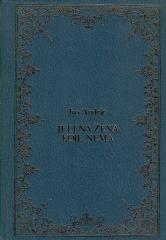
7. Sabrana djela VII: Jelena, žena koje nema - pripovetke
It is a collection of short stories by Ivo Andrić, which was first published in 1963. This collection contains a number of short stories that explore existential themes, and the title story is one of the most famous in Andrić's oeuvre.
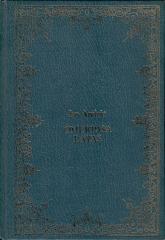
8. Sabrana djela VIII: Omerpaša Latas
Ivo Andrić's novel Omer Pasha Latas was written in 1954, and it is a historical and psychological narrative based on the life of a real historical figure, Omer Pasha Latas, who was an Ottoman military leader and statesman during the 19th century.
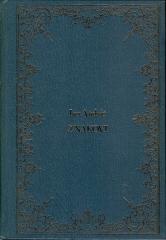
9. Sabrana djela IX: Znakovi - pripovetke
This collection brings together a number of Andrić's shorter works that deal with human destinies, historical and social circumstances, and universal issues of human nature.
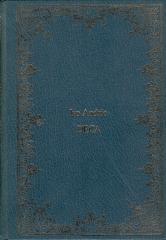
10. Sabrana djela X: Deca - pripovetke
This collection includes a series of stories that focus on the world of children, their innocence, curiosity, suffering and dealing with the cruelties of the adult world.
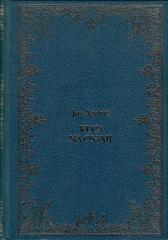
11. Sabrana djela XI: Kuća na osami i druge pripovetke
The selection of short stories in this book consists of two parts. One consists of an independent collection of short stories "Kuća na osami", which Andrić worked on near the end of his life, and the second part is a collection of short stories written in
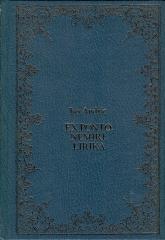
12. Sabrana djela XII: Ex Ponto, Nemiri, lirika
Andrić's early works, prose poems, poetic notes and lyrics were published in this volume. Each of these titles has a specific theme and style that reflects Andrić's inner state and philosophical reflections.
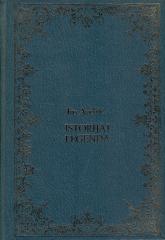
13. Sabrana djela XIII: Istorija i legenda: eseji, ogledi i članci
Ivo Andrić, in addition to being an excellent novelist, was also a talented essayist and essayist. His collection "History and Legend" brings together a number of essays, articles and essays dealing with the topics of history, culture, literature and huma

14. Sabrana djela XIV: Staze, lica, predeli
"Paths, faces, landscapes" is a collection of essays and writings by Ivo Andrić, first published in 1963. This work differs from Andrić's fiction because it deals with philosophical, introspective and autobiographical considerations.
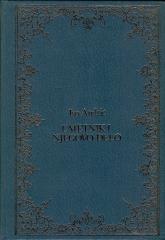
15. Sabrana djela XV: Umetnik i njegovo delo
"The Artist and His Work" is a collection of essays and articles by Ivo Andrić, in which this great writer considers the key issues of art, the creative process and the role of the artist in society.
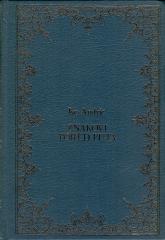
16. Sabrana djela XVI: Znakovi pored puta
"Signs on the side of the road" are not a confession or a chronology of a life, but fragments of a life and spiritual struggle. It is a collection of wisdom that from generation to generation is a favorite reading to which readers are always happy to retu
